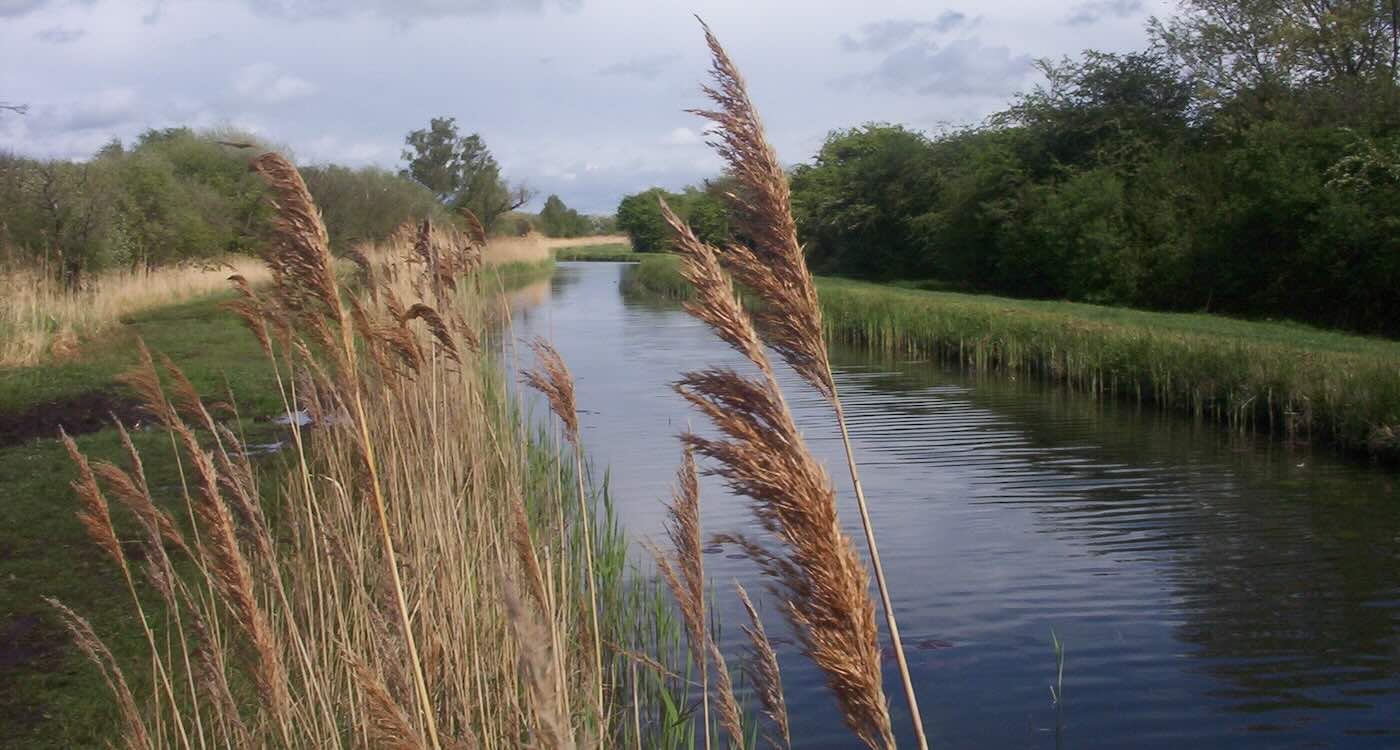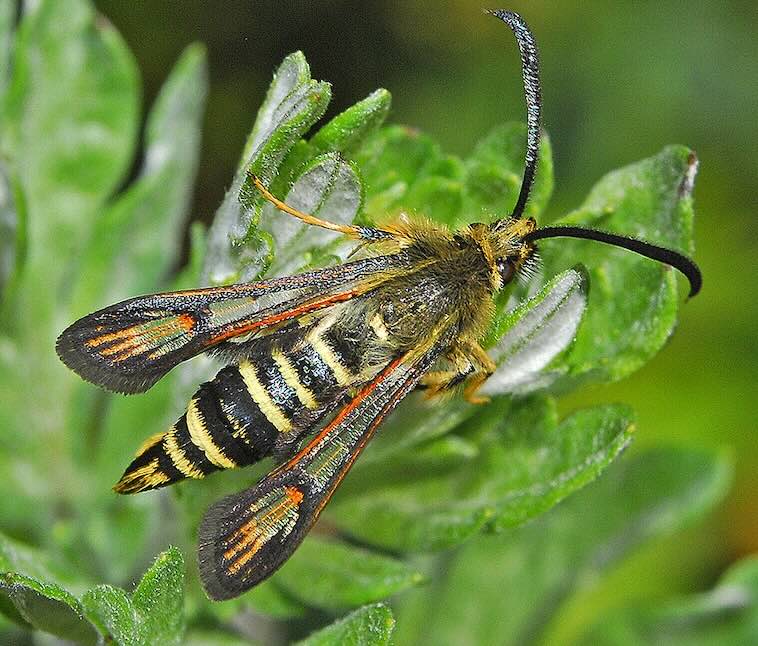Nature is always full of surprises, and at the Wicken Fen National Nature Reserve, joy is blooming in unexpected ways. This beautiful corner of England recently celebrated a remarkable milestone: the discovery of its 10,000th recorded species. Let’s dive into this enchanting story of resilience, wonder, and wildlife!
Set in the heart of Cambridgeshire, Wicken Fen wasn’t always the thriving ecosystem it is today. When the National Trust acquired it back in 1899, it was little more than a two-acre patch of land. Fast forward 126 years, and that humble beginning has transformed into a sprawling 2,026 acres of breathtaking beauty and biodiversity.

This extraordinary achievement of recording over ten thousand species was celebrated with the discovery of a rare moth, the six-belted clearwing. This intriguing little creature, with its striking appearance meant to mimic a wasp, adds a new layer of charm to the reserve. The six vibrant yellow stripes on its black body serve as a clever defense mechanism, warding off would-be predators.
But this moth is just one highlight in a continuous symphony of biodiversity at Wicken Fen. Recent treasures unearthed here include the formidable ant beetle, the delicate grass vetchling, and even the whimsical chamomile shark moth. Bird lovers rejoice too, with sightings of a majestic white-tailed eagle and a white stork gracing the skies.
“Reaching 10,000 recorded species is a proud achievement for everyone who values this special corner of the country,” remarked Alan Kell, a representative from the National Trust. His words resonate deeply, reflecting the collective effort of a community dedicated to nurturing this magical habitat.

The journey to this landmark began in 1999 when the National Trust set out to compile a comprehensive checklist of the species residing within the reserve. Since then, it has grown more than triple its original size, expanding from 225 hectares to a stunning 820 hectares. This commitment to conservation has led to an impressive range of wildlife calling Wicken Fen their home, including glow-worms, cuckoos, and water voles.
With the excitement of reaching this milestone, the National Trust has partnered with The Nature Recovery Project to further expand and restore the peatlands, not just in Wicken Fen, but across the UK. This initiative aims to strengthen the habitat, ensuring that species continue to thrive in the face of climate change.
“Healthy, thriving peatlands can coexist with productive agriculture,” said James Berry from The Nature Recovery Project. “Creating wildlife corridors will boost our chances of helping even more species flourish.”
Let’s cheer for nature’s remarkable success! As we celebrate this heartwarming achievement at Wicken Fen, may it inspire us all to protect and cherish the beautiful world around us.
If you would like to see similar good news stories click here & Share this to brighten someone’s day.





